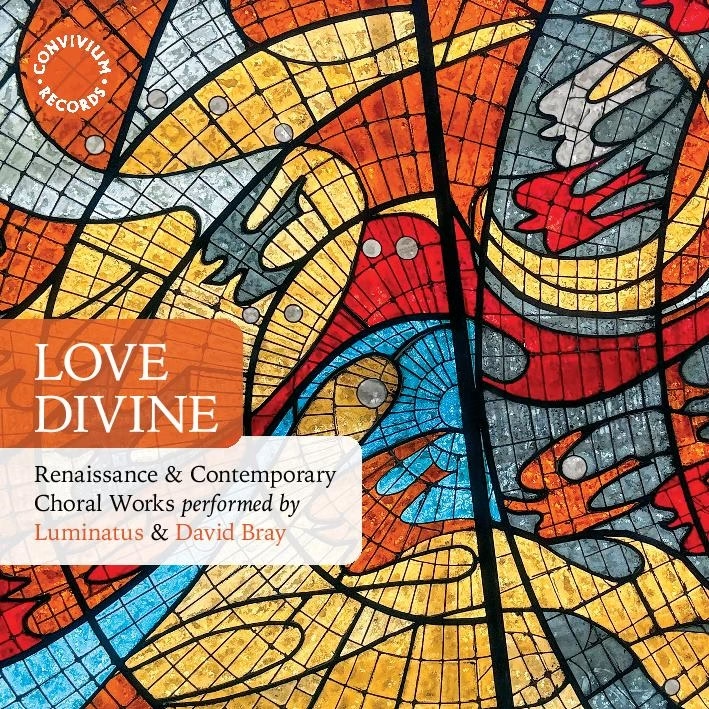Love Divine
Subtitled “Renaissance and Contemporary Choral Works,” this disc follows on from the choral ensemble luminatus’ O beata Virgo Maria, reviewed previously by William Kempster in Fanfare 48:1. I agree wholeheartedly with my colleague about the standard of the choir. The recording space (St Mary’s, Woburn) seems quite tight here, so I do wonder if the recording locales are … Read more



